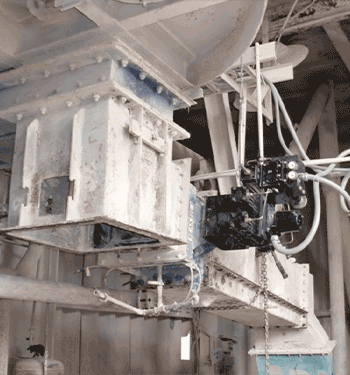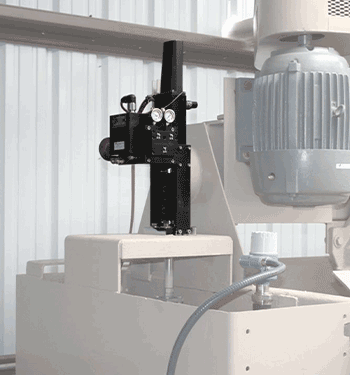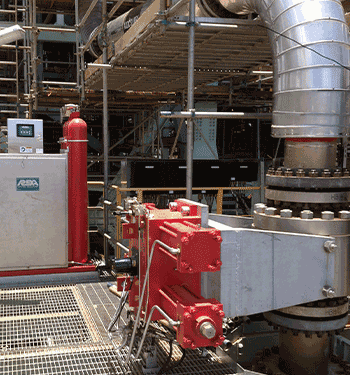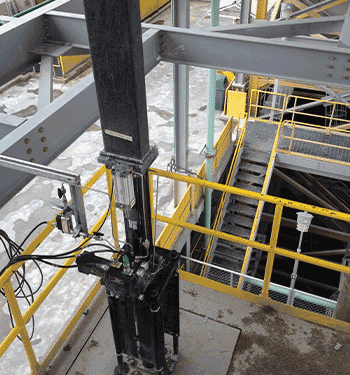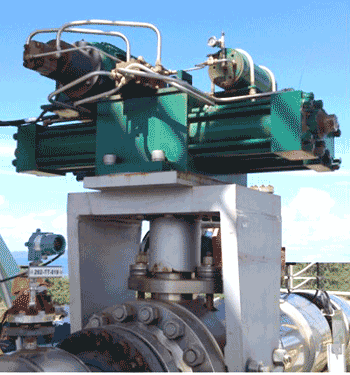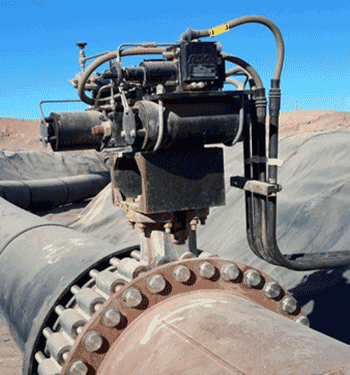Project Description
Background
Cement is pyroprocessed in long, cylindrical kilns that rotate axially at a rate 30 to 250 revolutions per hour. The axis of the kiln is slightly sloped, typically 1-4º, enabling the raw mix or meal that’s fed into the upper end of the tube to be properly processed at the prescribed rate. A burner pipe located at the opposite end of the kiln produces charge temperatures of approximately 1450º C. Kilns are frequently as much as 12 feet in diameter, which is large enough to accommodate an automobile. In many instances, kilns are taller than the height of a 40-story building. The limestone and clay mixture gradually moves through the kiln. Certain elements are driven off in the form of gases. The remaining elements unite to form a substance called clinker. Clinker comes out of the kiln as red-hot gray balls, about the size of marbles. After cooling, clinker is grinded and mixed with small amounts of gypsum and limestone to make cement.

